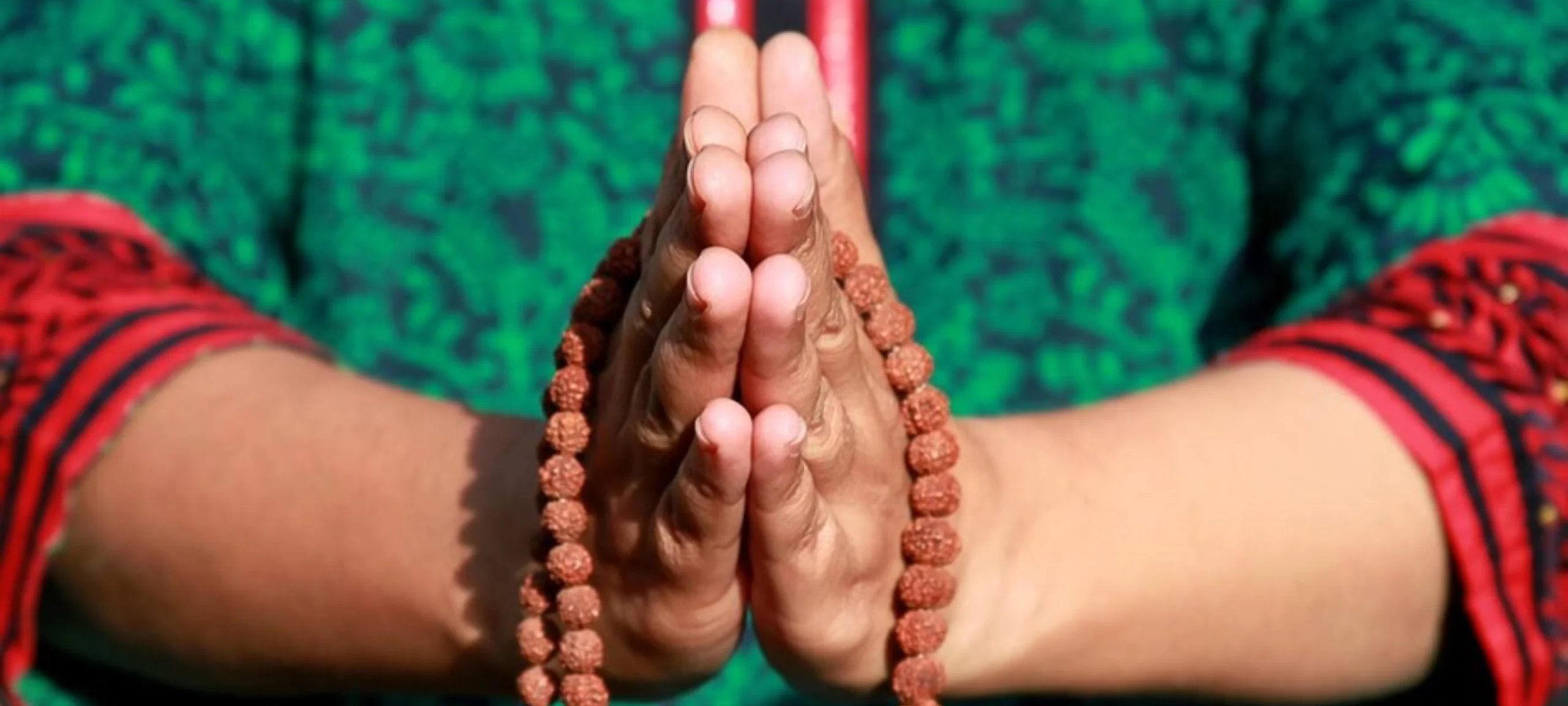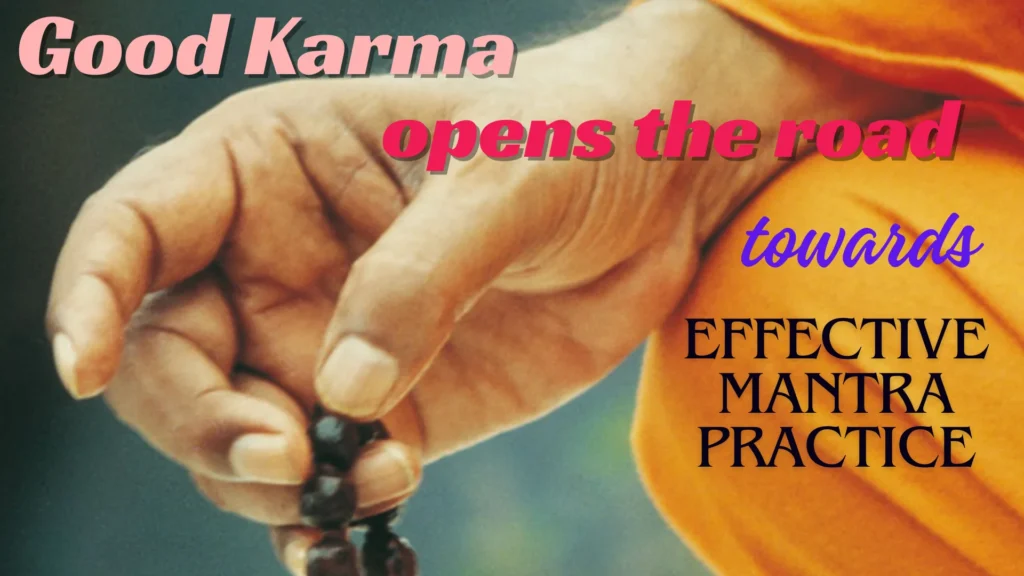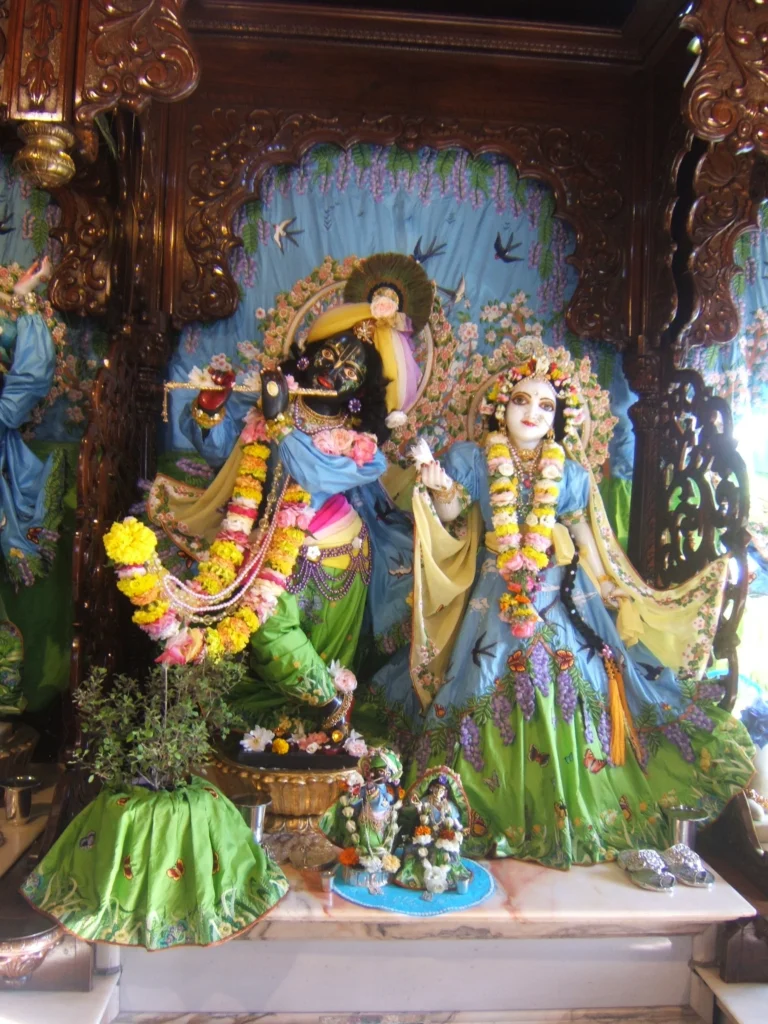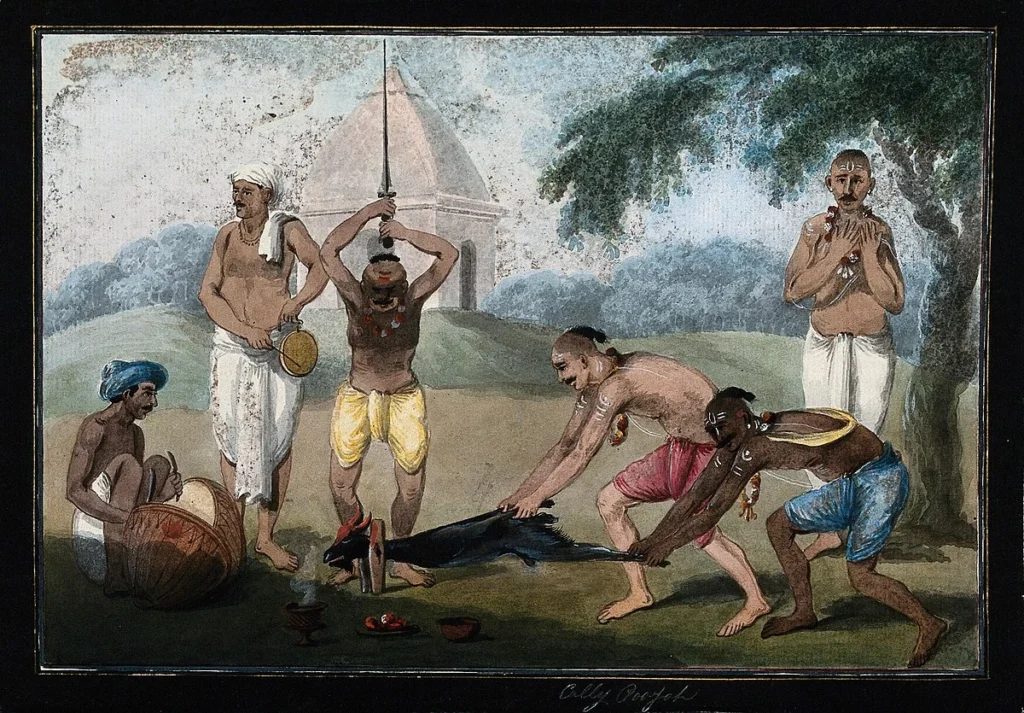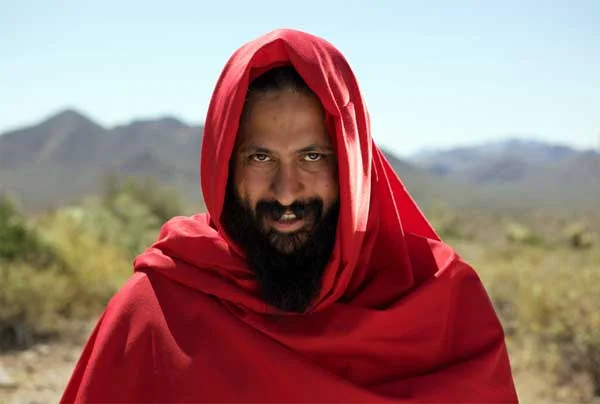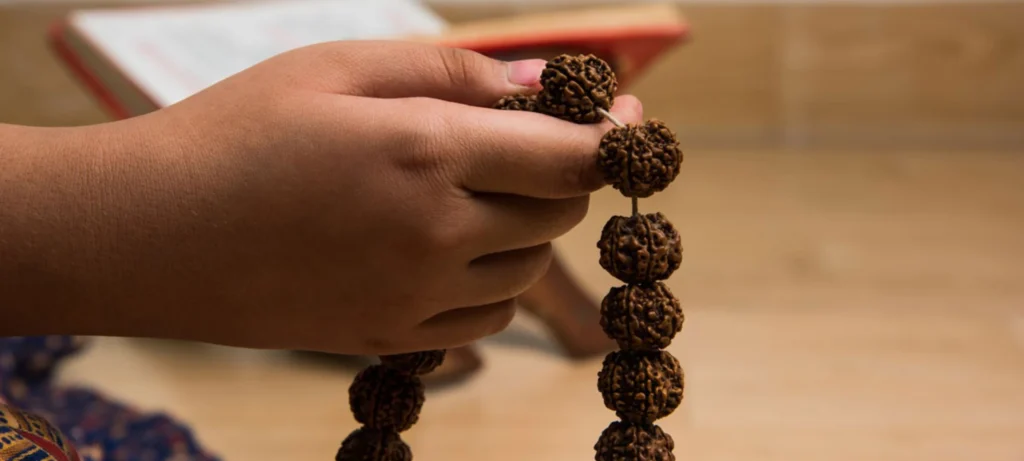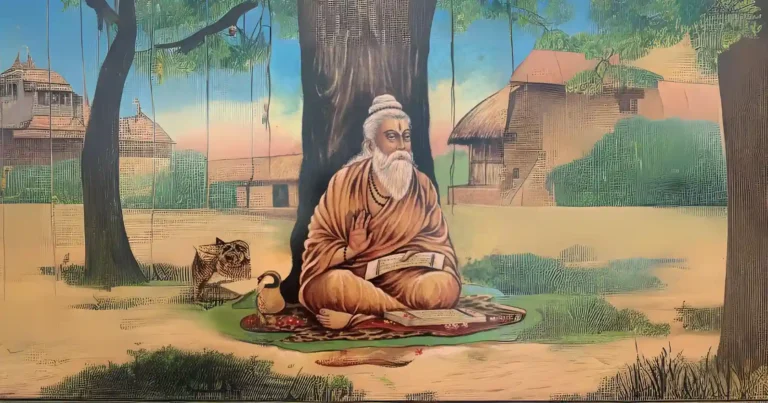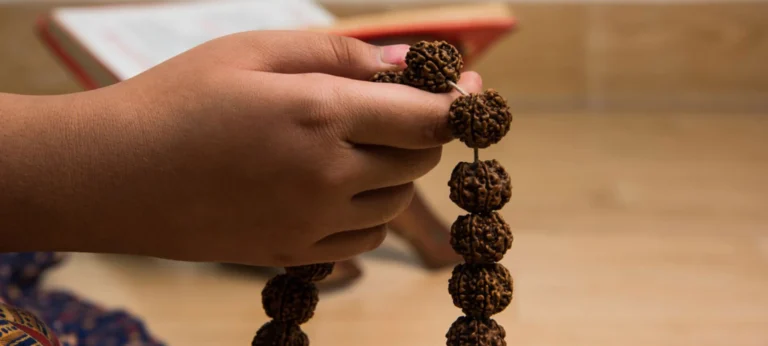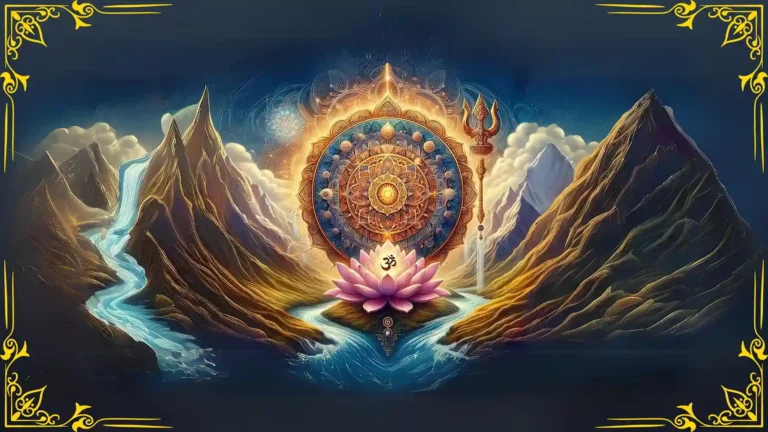Table of Contents
What is a Mantra Practice?
A mantra is a set of syllables that can represent a name, quality or pastime of the deity. There are many types of mantras. Some mantras can be chanted aloud which is the Mantra Practice.
There are some which have to be chanted only in the mind and not alound. The Mantra Practice may be a recitation or chanting of set of Sanskrit syllables or of any language.
The Mantra may represent a mood, quality, abode, name or pastime of a deity. They may also represent something abstract or even esoteric which may be hard to express in words.
What are the Basic types of Mantras?
The basic types of Mantras are Vedic and Tantric Mantras. The mantra practice falls in line either with Vedic Rituals as delinieated in the Vedas or Puranas and also may be a part of Scriptures known as Itihasasa.
The Itihasas are the Ramayana and the Mahabharata. When the Mantra Practice are recited based on instructions given by a sadhaka or perfected sage in the Vedic Parampara system, the Mantra Practice then will be aligned to the Vedic Way.
On the other hand, there may be certain scruplous processes of Mantra Practice that have been passed on through generations based on the direct perception of sadhakas through valid practices but not directly or indirectly mentioned in the Vedic Methodology.
These practices may be rigorous and more intense as compared to the rituals in the Vedic system. These processes may also use certain ways not in agreement with Vedic ways.
These are Tantric Mantra Sadhana processes. The Tantric Mantra Practice focus on the mood and the specific ritual with emphasis on more mundane goals and require much precision as compared to the Vedic mantra Practice.
However the commonality between both these Mantra Practices is that it keeps the Guru, Parampara and Mantra Vidhi or the Process as the key to success.
When and Why is a Mantra Chanted?
Mantras can be chanted for various purposes. People use Mantra Practice for satisfying their desires, mostly worldly.
People chant mantras with a desire to attain good jobs, children, have a good relationship or things which are absolutely mundane. However a person can be considered really intelligent if he uses Mantra Practice to attain God or walk the spiritual path. This can be a worthwhile goal for chanting Mantras.

Mantras can be chanted on auspicious dates for more positive effects. The Benefits are said to multiply, when mantras are chanted at appropriate times as prescribed in the Scriptures, on certain days.
For example chanting Vishnu mantras on Thursdays is considered auspicious. Lord Shiva’s mantras are considered to be more effective mostly on Mondays.
Also, chanting Mantras for a long period of time is also considered to give amplified effects.
What are the ways Mantras can be recited?
There are many ways in which mantras are recited. Many times people are told to chant mantras by the side of flowing rivers or when with Nature.
In these cases the focus on Mantras is said to be more intense and naturally they give better results. Chanting mantras in temples is also said to boost the efficacy of the mantra, because of the presence of a consecrated deity in the temple.
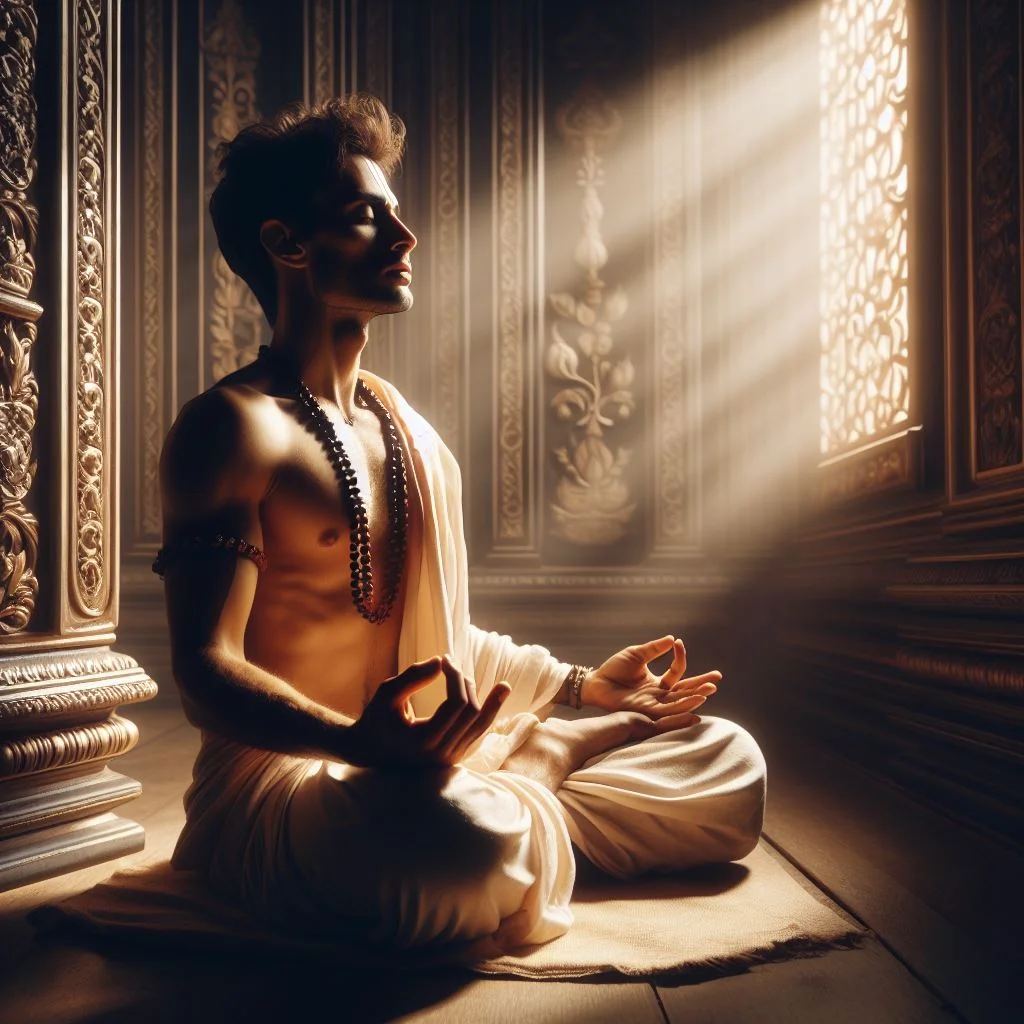
The temple deity is a living entity and is not just a peice of stone as many may imagine. Chanting a Rama Mantra while in a Shiva temple is said to contribute tremendously towards the mantra practice.
Many people dedicated to such Rama mantra chanting in Shiva Temple have reported higher experience, the experience of a Turiya state also known as the Fourth State.
Test your Alignment with the Spiritual Subject Matter (only 6/7 Questions)
The scores generated in this Quiz are relative. There are no right or wrong answers. A percentage towards 100 indicates that you are more aligned to the overall subject matter.
What determines the Power of the Mantra?
The Power of the Mantra depends on various factors. Here are the following reasons why a Mantra is effective/ineffective
Received From and Authentic Guru
When one receives Mantra from an Authentic/Self-Realized Guru, the Mantra is loaded.
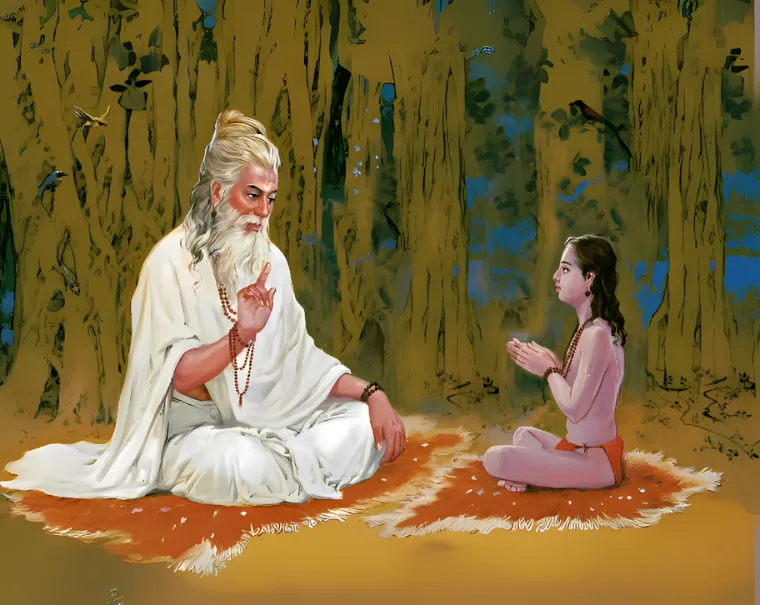
Then the Mantra can influence the chanter better and give him a great mind set to focus on the mantra practice. Such a mantra will automatically attract the chanter and keep him engaged in the practice and ultimately offer him ultimate efficacy.
The Mantra Practice is Sincere and Prolonged
If a Mantra Practitioner is sincere to the Practice and chants with dedication, even receiving a mantra from a not-so-authentic Guru will guide him to the right source , the authentic source that will allow him to get the right methodology and power to chant the Mantra with focus.
Even this will automatically grant him access to chant a genuine mantra for a prolonged time.
Previous Karma Balance
Many times Past Karma affects the Mantra Practice of the sadhaka. If the load of Karma is too high, many times, a practitioner loses his habit of mantra chanting, although he may be sincere in his habit of chanting mantras.
Yet, dedication pays off. After the lean period, when the Karma weans off, he gets the thread back and starts chanting once again.
Faith in Guru Parampara
A sadhaka who is dedicated to His spiritual preceptor and the Guru Parampara remains blessed by the Mantra. The Mantra practice follows such a sincere sadhaka like a shadow and takes him ahead in his journey.
Keeping Away from Matter giving Importance to Sadhana
When a person has given up Material pleasures and kept his senses under control, the mantra offers itself to the Sadhaka.
The Mantra Practice carries such a sincere sadhaka far away from the ken of the material snare and grants him easy access to the higher domains by developing his spiritual senses.
Love for Deity
A person who is dedicated to the deity is one of the most fortunate souls. Dedicated either to the Guru or the Deity is the loftiest of all fortunes.
Such a Mantra Practitioner is guided by higher intelligence and shall be able to conquer his lower tendencies because the deity reciprocates and protects the sadhaka by consistently making the mantra vibrate on his tongue.
Grace
Grace is one of the most inexplicable factors among those discussed above. There are many cases in the mantra practice world which can put people in wonder. One may see people change overnight without any particular reason.
They simply start chanting mantras as if possessed. If someone tries to understand this phenomenon, they are unable to. Even the mantra sadhaka may not have any answers, to his sudden change in disposition.
The sadhaka is at a loss in understanding about his change of approach, although his past may have nothing to do with mantra practice.
What should we avoid during Mantra Chanting
As I have mentioned in the earlier sections, Mantras can be used for mundane or other-worldly needs.
There are many Tantric Practices which involve mantra chanting processes to cause harm to others. These processes were designed to set right certain material conditions, but people infected with the six vices use Mantra Power to cause harm to others.
People should avoid indulging in such mantra practices. We must remember that people causing harm to others through such practices fail to realize that such Tantric processes boomerang with double velocity and cause 4 times the damage to the initiator.
Better to avoid such eventualities. Also, it is my sincere advice to practitioners that they should use mantra practice only to attain the Supreme. This is the best way to work with mantras.
Mantras directly represent the deity which is the aspect of the Supreme.
How is the deity connected to the Mantra?
The deity itself comes to us in the form of the mantra. The Syllables of the mantra represents the vibration of the Mantra.
For example consider the Mantra Sri Krishna Sharanam Mamah. This Mantras has a meaning of its own and each syllable also carries a separate dimensional aspect. Krsh(कृष) in Krishna represents Attractive Potency and Na (ण) represents the epitome of All desires.
When one is attracted to Krishna, all desires, desirable and undesirable shall be absorbed by Him. Sharanam means lie down in front, completely surrendered. and Mamah means “I” is offered along with all its residues at the feet of Krishna. This is the dimensional aspect of the mantra.
While the simple meaning is “I surrender to the Lord Sri Krishna” The goal is to shift from the simple meaning to making it actionable by realizing and living the dimensional meaning of the mantra.
When this is attained, our goal of all lifetimes stands attained.
Can mantras be created by ordinary beings?
The simple answer is no. In Kaliyuga, still people do this mischief and people who recite such mind-created mantras can be called followers of a cult.
Nothing more.
There are many such cults in Kaliyuga and the end result of chanting such mantras can only end in pain and mental or physical catastrophe. Mantras are revealed to highly illumined beings and they never claim to be composers or creators of the mantras.
It is often seen that when a mantra is revelaed, it is revealed to multiple illumined beings round the universe, about the same time.
These mantras also get discovered, in time in various unexplored authentic scriptures, somewhat magically. Thus there is a direct and an indirect evidence of the mantra already existing all by itself, since time immemorial.
Other Vedic Mantras already exist in Scriptures, which are beginningless and are ordained to the right souls, at an appropriate time, place or circumstance.
What is the significance of Mantras in Kaliyuga?
Almost all of the Mantras in Kaliyuga are locked. Many people claim that they are getting great results by chanting mantras, after having looked up the internet or after having read some mantras from a book on mantras.
This is merely a result of the good astrological time of the casual chanter or a placebo effect which is extremely short-lived. In Kaliyuga, especially the mantras that are extremely potent, even those that open up the road to liberation have to be opened by a illumined Guru through the right process.
Then such a mantra has to be handed over for application to a rightful candidate. The mantra represents the body of the deity and hence sacred.
The mantra on the internet or the book is just a set of syllables, which hold no meaning or value.
In Kaliyuga, unless they are awakened by authorized processes the mantras remain locked or dormant. Such mantras are therefore not suitable for mantra practice.
What are other side-benefits of Mantra Chanting?
When one chants a mantra with dedication to the Guru and deity, the Mantra and the deity takes it upon themselves to provide for the sadhaka.
Such a selfless mantra practice rewards the practitioner with untold benefits. The sadhaka will never be required to work under any person of this material world. His needs for survival, maintenance and advanced needs (if any) are directly taken care off by the deity.
The mantra becomes an integral part of the practitioner. The sadhaka becomes one with the mantra and thus the deity also remains with the sadhaka and remain as the practitioner’s eternal protecter.
This I proclaim with undeviating faith. A Sadhaka who has become a perfect devotee is free of all material tensions. This does not mean that the sadhaka is relieved from all types of Karma.
There are 3 forms of Karma namely Sanchita, Prarabdha and Agami which respectively represent the Load of Reactions of untold past-lives, The current set of fructifying Karmas and those reserved for future Karmas respectively.
The Sanchita and Agami are burnt to Ashes, in this very lifetime. Also 20% of the Prarabdha Karma are burnt.
The remaining 80%, the sadhaka shall anyway suffer or enjoy. Even in this case he has rid himself from almost infinite Karma reactions. So such an elevated Mantra devotee attains unimaginable side-benefits out of his mantra Practice.
Above all, such a practitioner attains Liberation without fail.
You display your love by reading this valuable material. So kindly read and consider financially supporting us to keep our efforts going with renewed vigor! Supporters in India can donate via Razorpay while those abroad can use PayPal!
